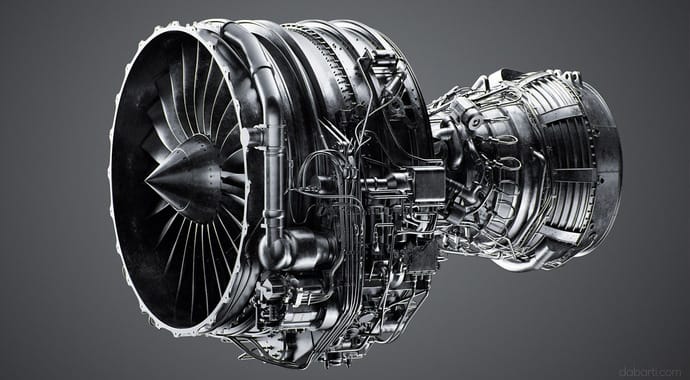 © Dabarti Studio
© Dabarti StudioWith the big announcement of new GPU ray-tracing hardware, Vlado explains what this breakthrough means for the future of rendering.
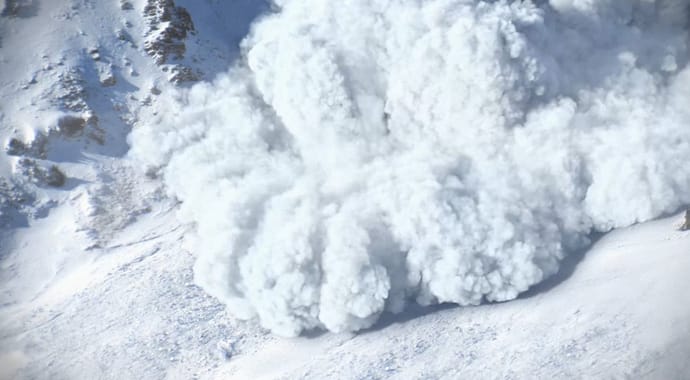 © Thomas Connors
© Thomas ConnorsDiscover how Project Lavina is adding real-time to the ease and accuracy of ray tracing for Chaos solutions.

We explain the differences between NVIDIA's AI denoiser and V-Ray Next's own denoiser. We explain how ours allows for proper compositing and temporal denoising.
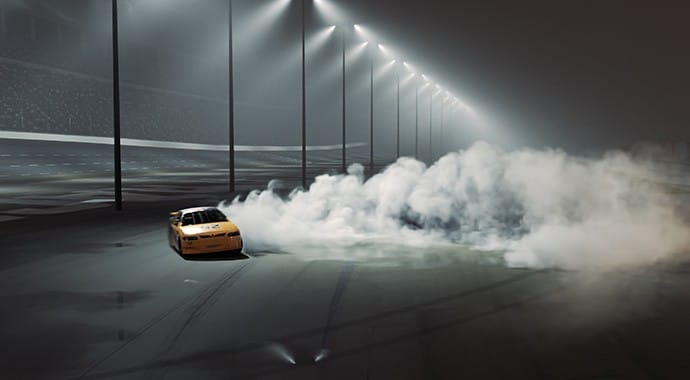 © Dabarti Studio
© Dabarti StudioTomasz Wyszolmirski from Dabarti Studio shares some top volume rendering techniques using V-Ray Next.
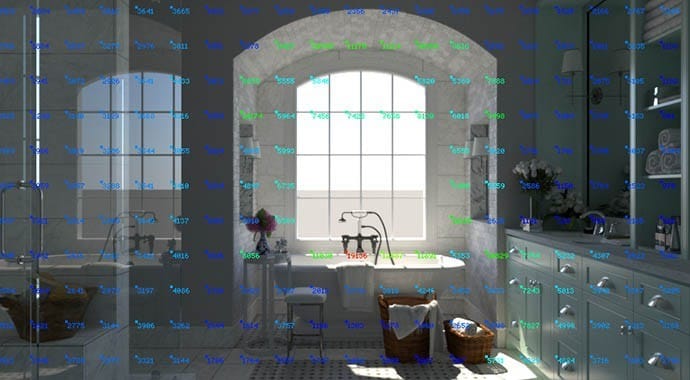
Find out how to analyze and measure the light levels in your 3D scene using the new Lighting Analysis tools in V-Ray Next for 3ds Max.
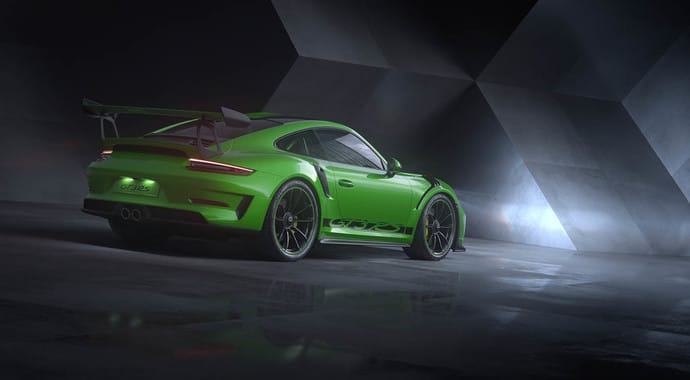 © André Matos
© André MatosLearn all about the new production-ready features and improvements coming to V-Ray GPU in V-Ray Next for 3ds Max.
 © Ian Spriggs
© Ian SpriggsA deeper look at the new hair shader in V-Ray next. It describes how to understand the shader in a more physiological way, then takes you through the steps of setting one up for Look development including using V-Ray GPU in IPR rendering.
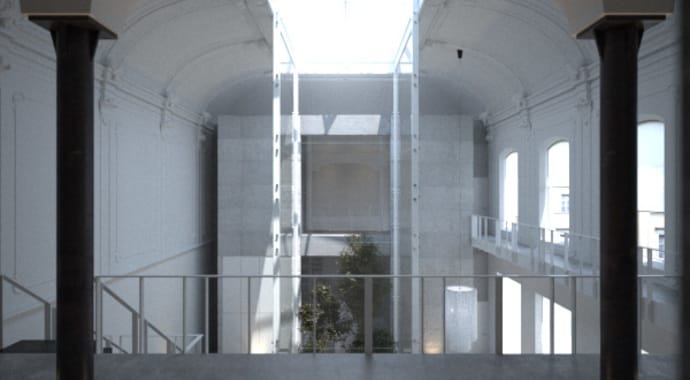
The new automatic exposure and white balance settings in V-Ray next not only make the rendering process simpler and faster, but they also balance your renderings for both speed and quality.
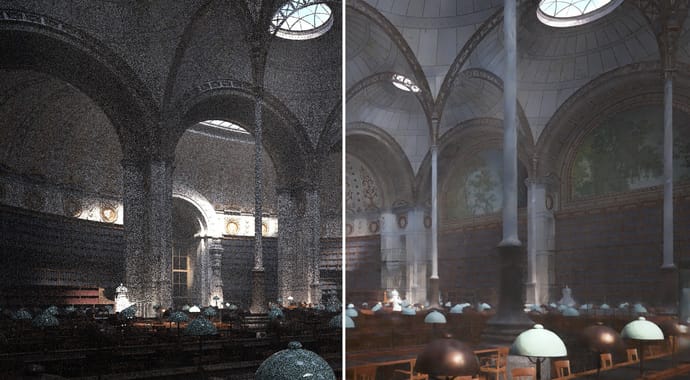
Using NVIDIA OptiX denoiser, V-Ray experiments with real time denoising based on deep learning. Learn more.
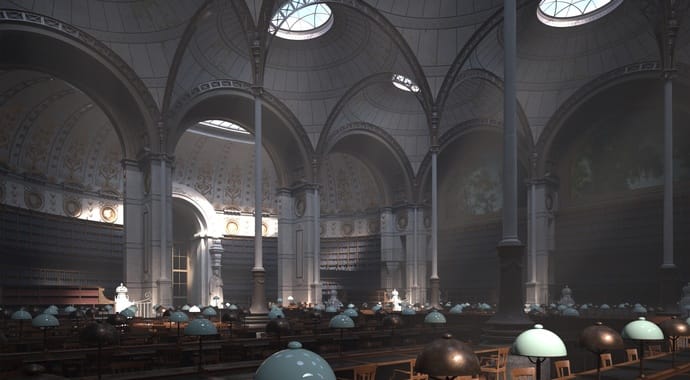
A new smarter use of Image Based Lighting (IBL) through the V-Ray Dome Light, which is smarter and faster especially for interior scenes.
 © Dabarti Studio
© Dabarti StudioNow that V-Ray CUDA was rendering on both CPUs and GPUs, and producing the exact same results, V-Ray Hybrid rendering was officially born.
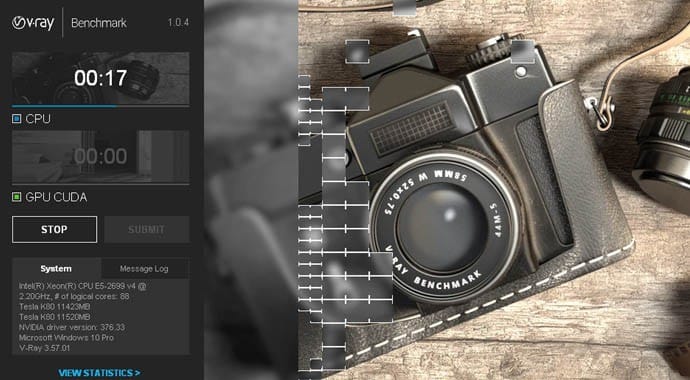
V-Ray Benchmark is a free utility to benchmark your hardware against other hardware when it comes to rendering with V-Ray.
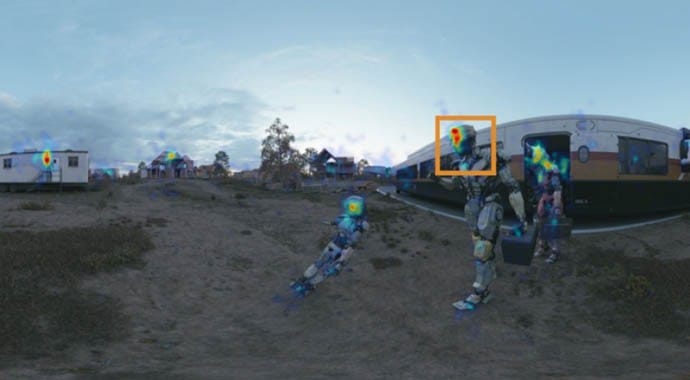
A recent paper on computer vision from Stanford University, Universidad de Zaragoza, and University of California Berkeley explains the Saliency of VR.
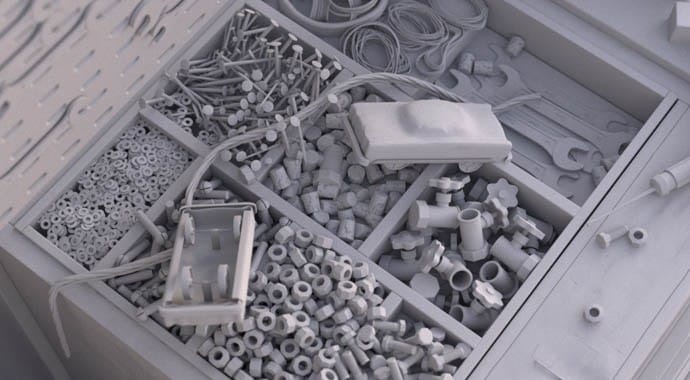
We developed V-Ray scene files to help you move a scene from one application to render in another.
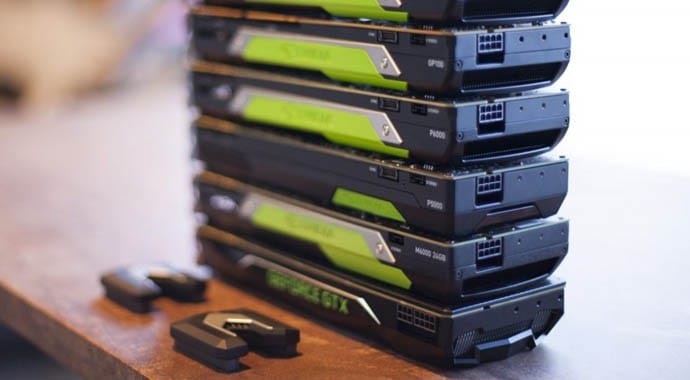
V-Ray GPU Benchmarks on Top-of the-Line NVIDIA GPUs
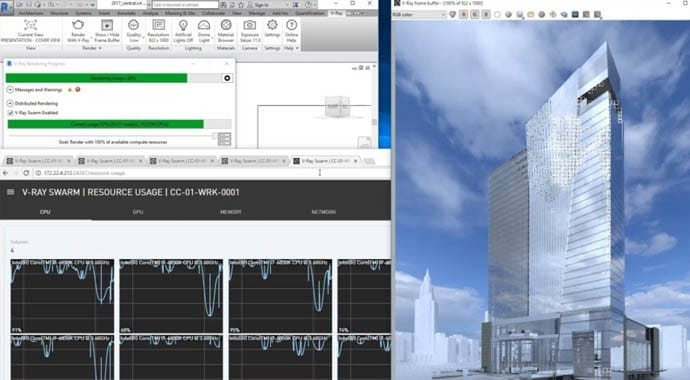
New to V-Ray for Revit, Rhino, and SketchUp, we are introducing V-Ray Swarm, which is an evolution of Distributed Rendering.
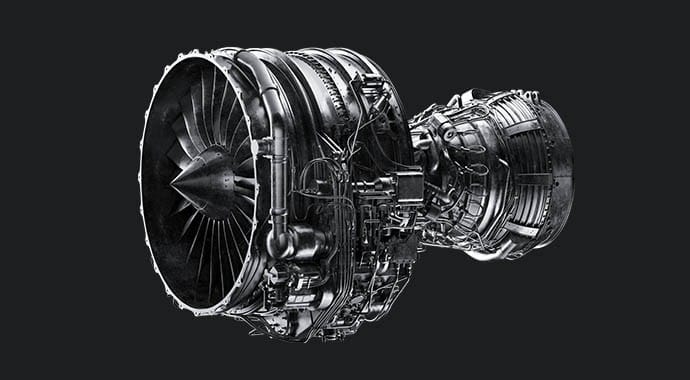 © Dabarti Studio
© Dabarti StudioV-Ray GPU improvements in V-Ray 3.5 for 3ds Max
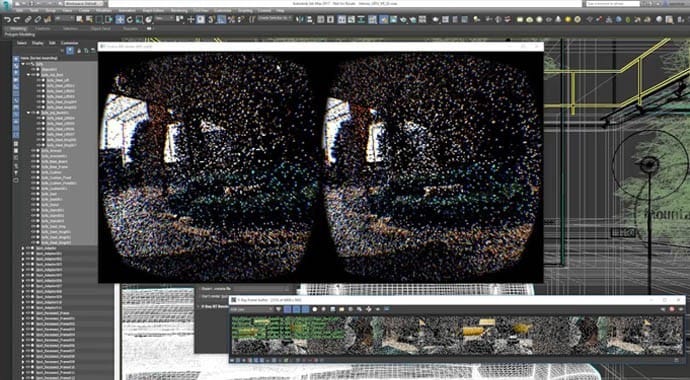
We take a deeper look at how to output the Active Shade VFB from V-Ray 3.5 for 3ds Max into a VR headset.

In short, resumable rendering is the ability to have incomplete renders resume where they left off.
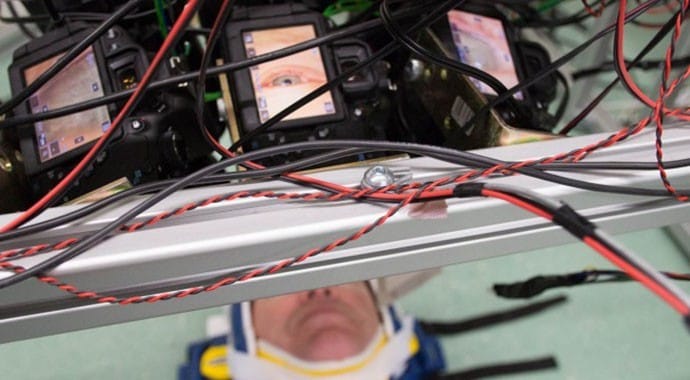
Disney Research parametrically constructs eyes based on simple data
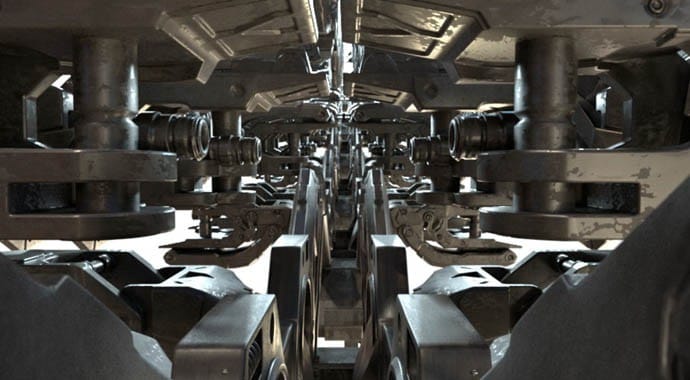
We take a closer look at the Glossy Fresnel effect that will be added to to upcoming V-Ray service packs
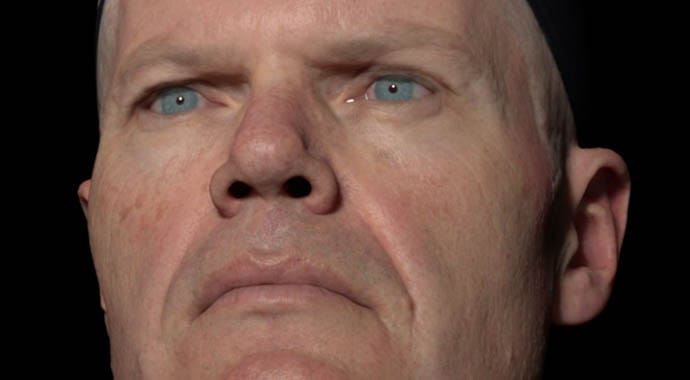
Wikihuman project looks at using the alSurface shader on the new Digital Mike data.